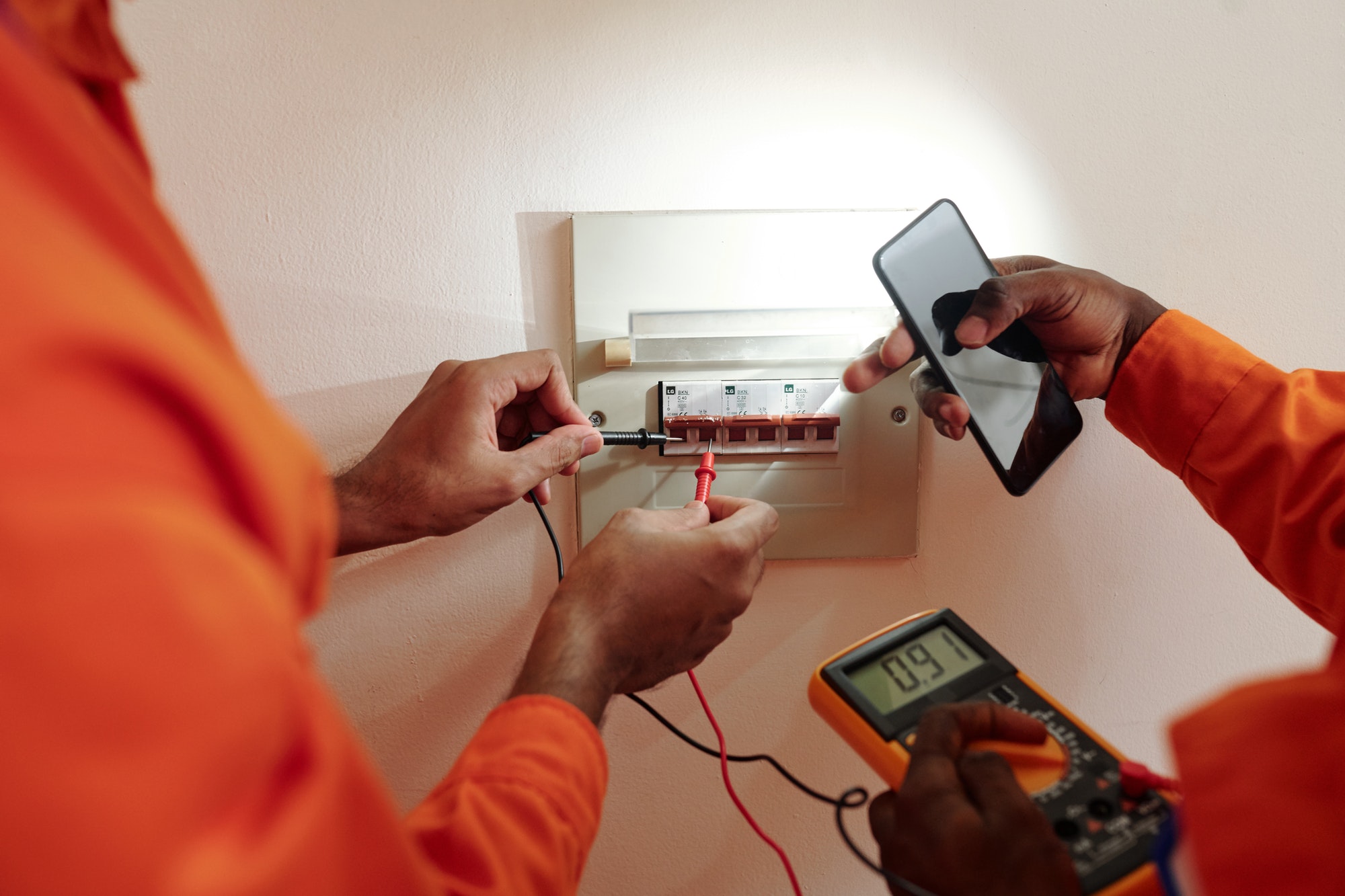Electric underfloor heating systems are a popular choice for providing warmth and comfort in homes. However, like any heating system, they can experience issues that require troubleshooting. Here are some common electric underfloor heating problems and their solutions:
1. No Heat or Insufficient Heating
Possible Causes:
- Faulty thermostat
- Tripped circuit breaker or blown fuse
- Loose electrical connections
- Damaged heating element or cable
Solutions:
- Check the thermostat settings and replace the batteries if necessary.
- Reset the circuit breaker or replace the fuse if it has tripped or blown.
- Inspect the wiring connections at the thermostat, junction box, and heating element for any loose or damaged wires.
- Use a multimeter to test the continuity of the heating element or cable and replace any damaged sections.
2. Uneven Heating
Possible Causes:
- Uneven distribution of the heating cable or mat during installation
- Insufficient insulation beneath the heating system
- Obstructions blocking the heat flow, such as furniture or rugs
Solutions:
- Inspect the installation to ensure that the heating cable or mat is evenly spaced and properly positioned throughout the floor area.
- Add additional insulation beneath the heating system to improve heat retention and distribution.
- Remove any obstructions that may be blocking the heat flow, such as furniture, rugs, or curtains.
3. Thermostat Issues
Possible Causes:
- Incorrect thermostat settings
- Faulty thermostat sensor
- Battery or power supply issues
Solutions:
- Verify that the thermostat is set to the correct temperature and operating mode (e.g., heating mode).
- Test the thermostat sensor using a thermometer to ensure accurate temperature readings.
- Replace the thermostat batteries or check the power supply if the thermostat is not functioning.
4. Tripping Circuit Breakers
Possible Causes:
- Overloading of the circuit
- Short circuit in the heating element or wiring
- Ground fault in the system
Solutions:
- Reduce the load on the circuit by unplugging other devices connected to the same circuit.
- Inspect the heating element and wiring for any signs of damage or exposed wires that could cause a short circuit.
- Test for ground faults using a ground fault circuit interrupter (GFCI) tester and replace any faulty components.
5. Cold Spots
Possible Causes:
- Damaged or disconnected heating element
- Insufficient insulation or subfloor heating coverage
- Blockages in the heating system, such as debris or air pockets
Solutions:
- Inspect the heating element for any visible damage or signs of disconnection and repair or replace as needed.
- Improve insulation beneath the flooring or increase the coverage of the heating system to eliminate cold spots.
- Purge the heating system of any air pockets by bleeding the lines or using a circulation pump.
6. High Energy Bills
Possible Causes:
- Inefficient thermostat settings
- Poor insulation or subfloor heating coverage
- Continuous operation of the heating system at high temperatures
Solutions:
- Adjust the thermostat settings to maintain a comfortable temperature without over-heating the space.
- Improve insulation to reduce heat loss and improve energy efficiency.
- Use programmable thermostats to schedule heating cycles and avoid unnecessary energy consumption.
Conclusion
By identifying and addressing common electric underfloor heating problems promptly, you can ensure that your heating system operates efficiently and effectively, providing consistent warmth and comfort in your home. If you encounter any issues that you are unable to resolve, consider consulting with a qualified electrician or heating technician for further assistance.







